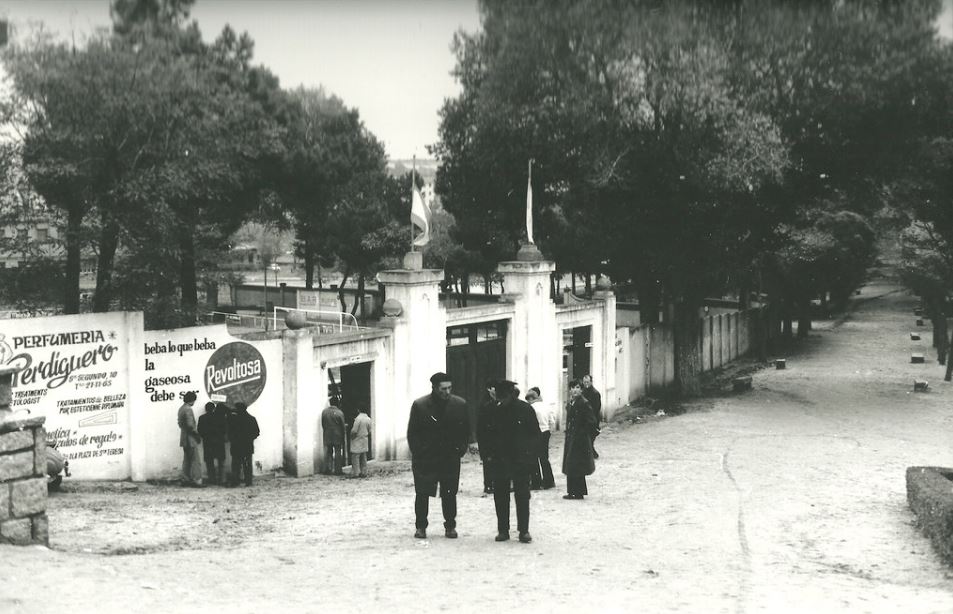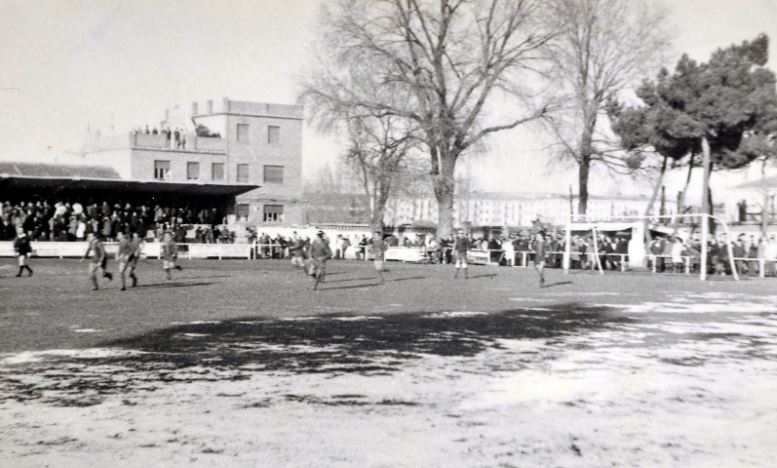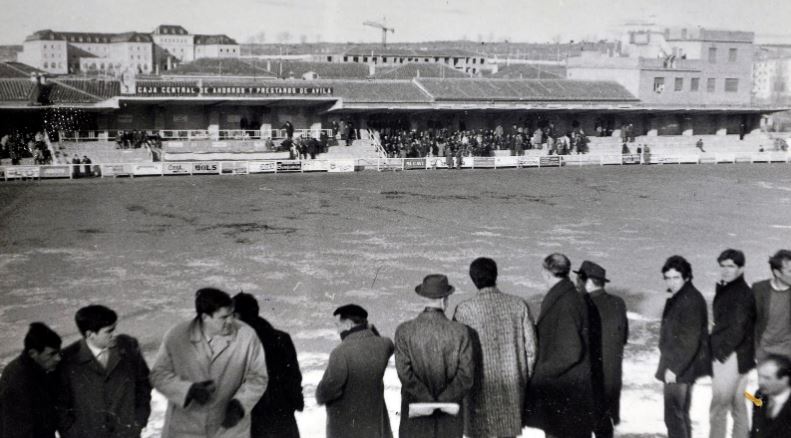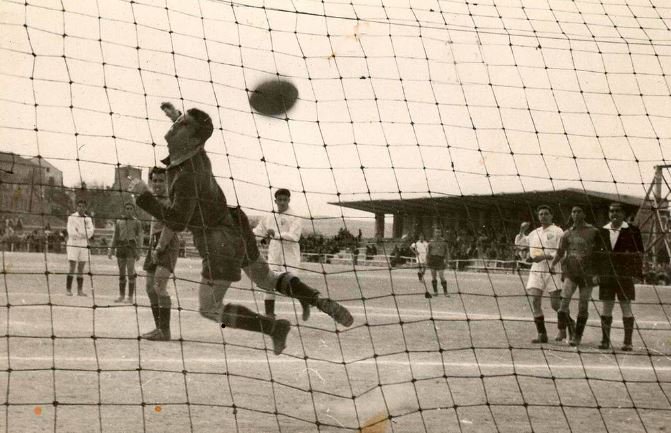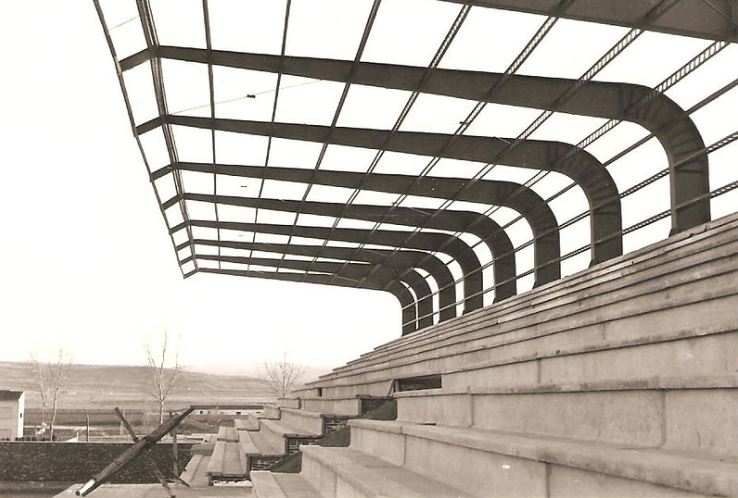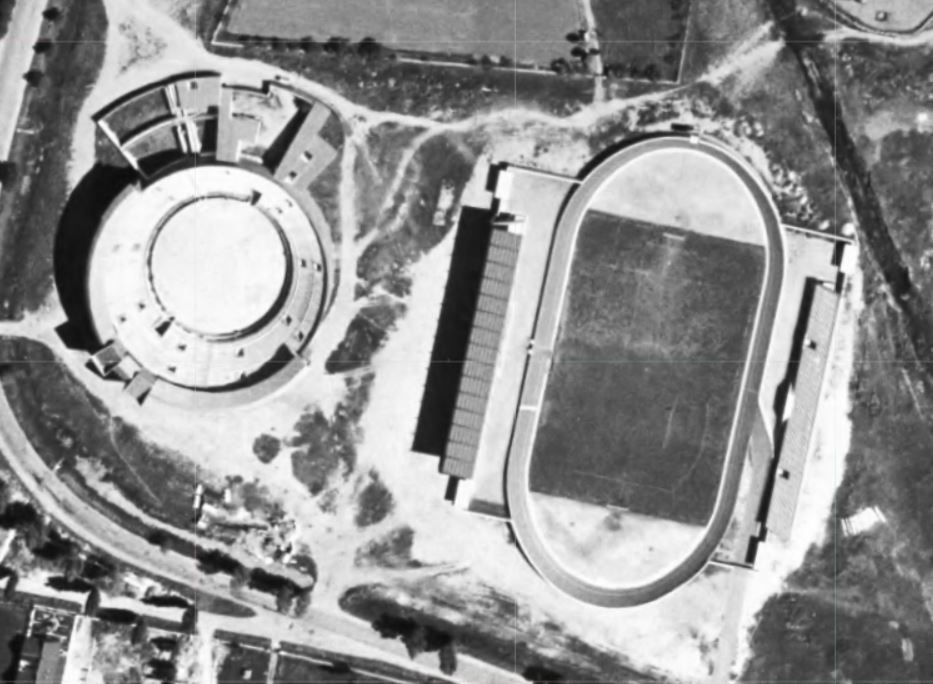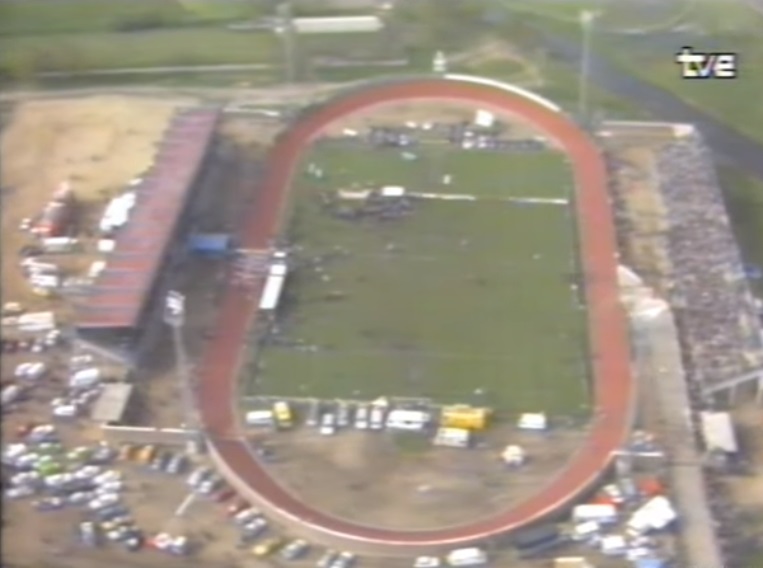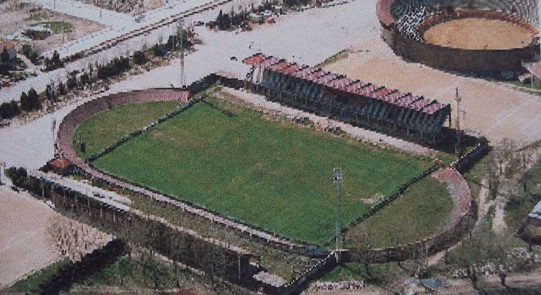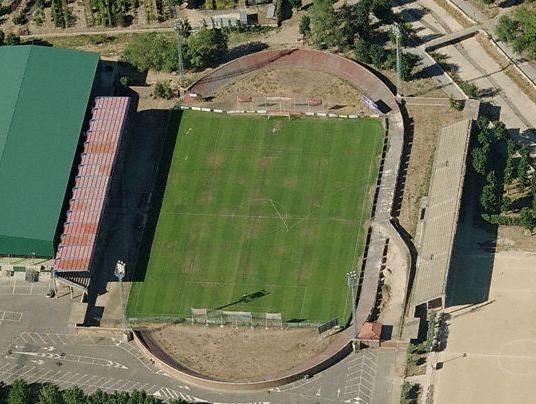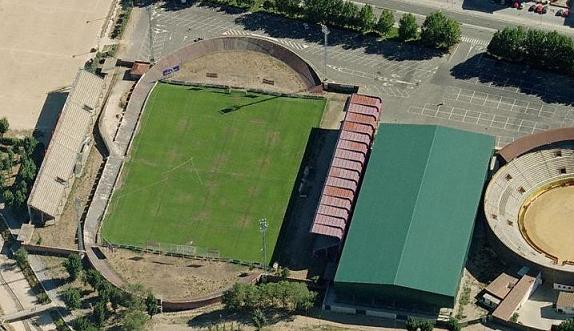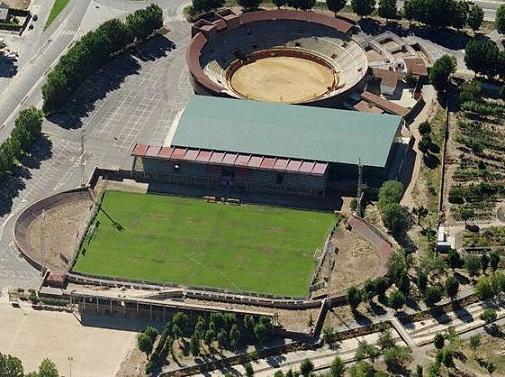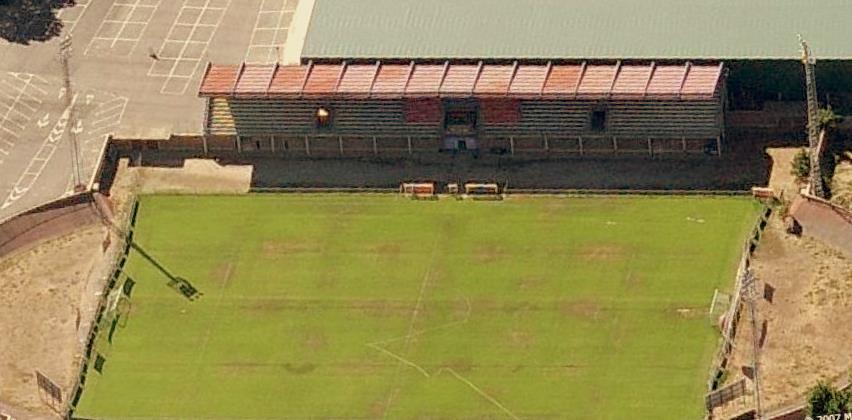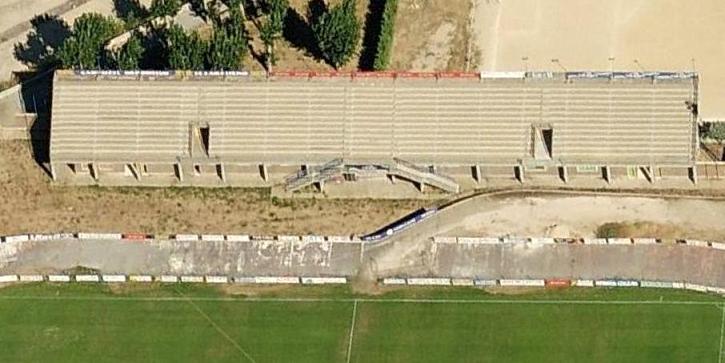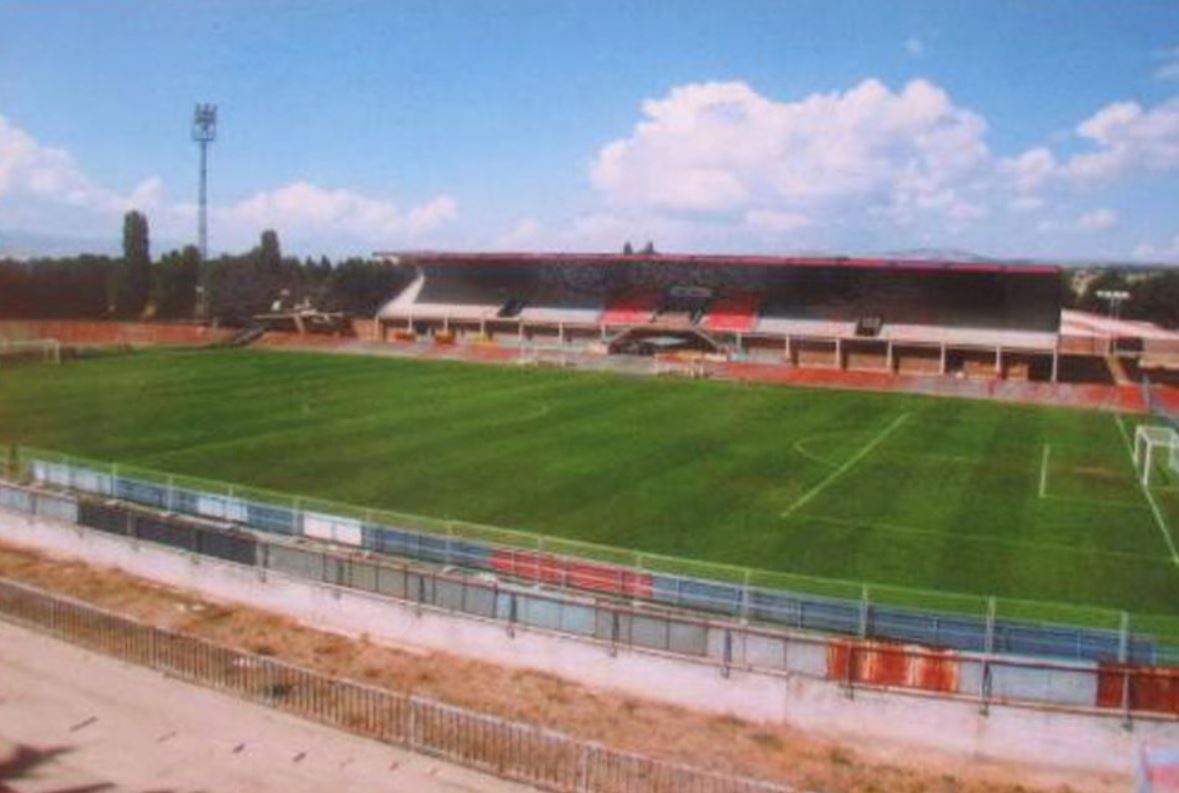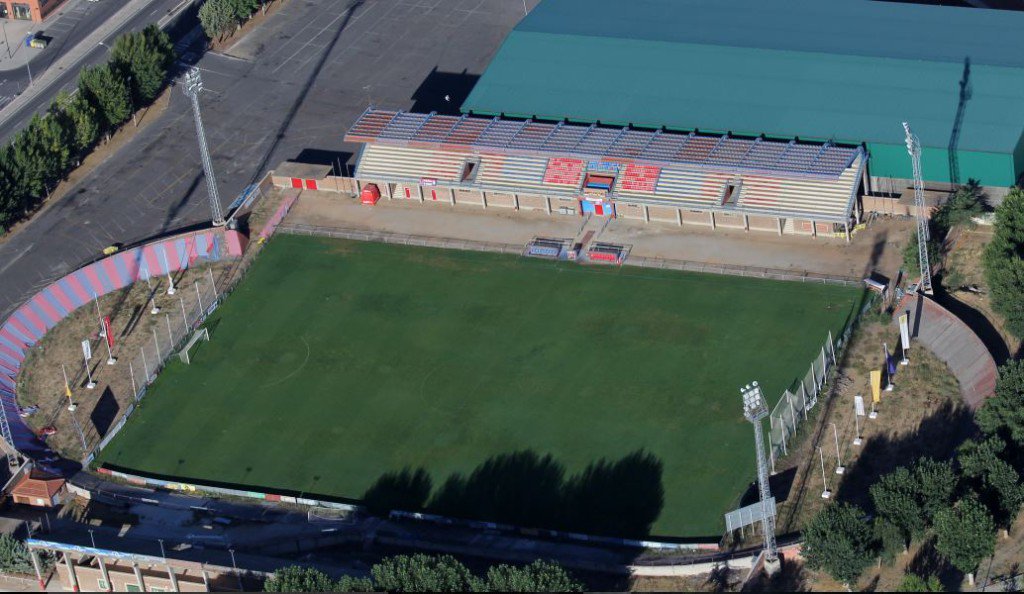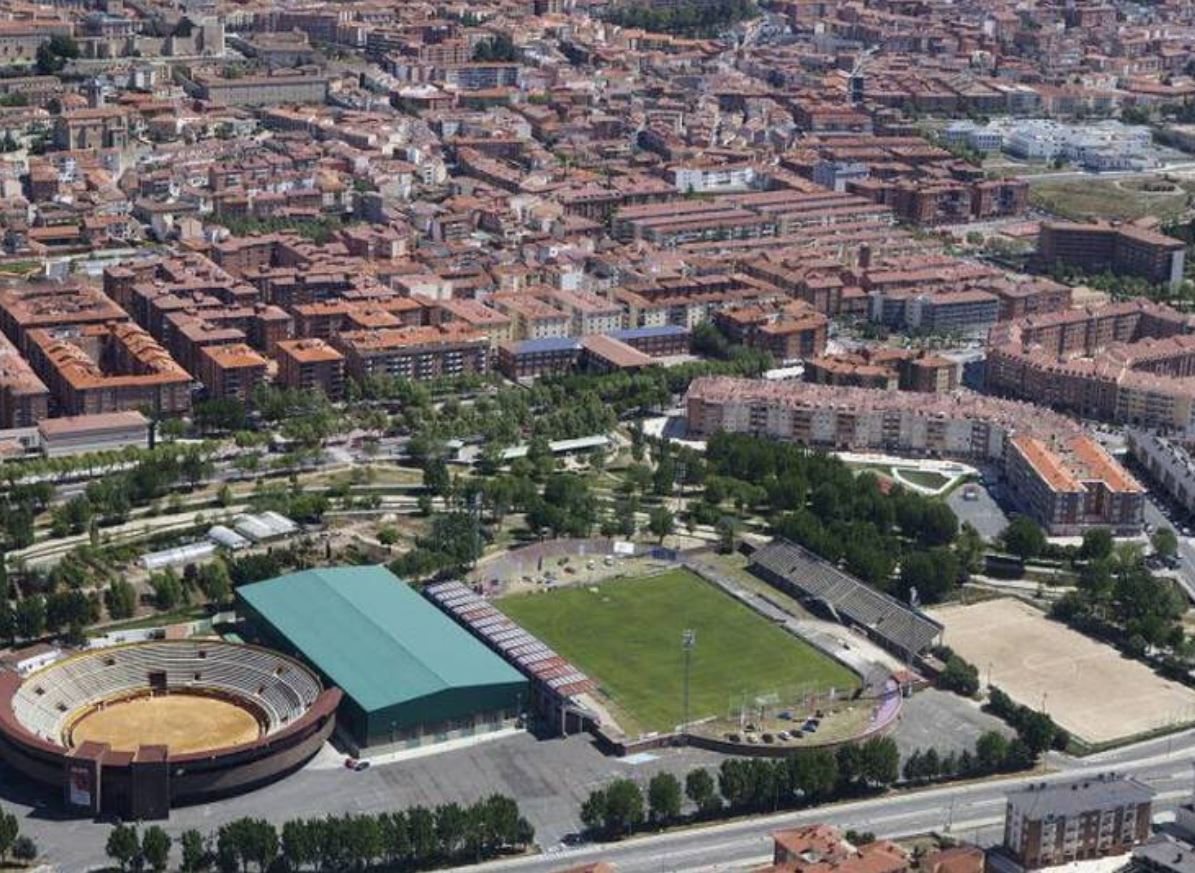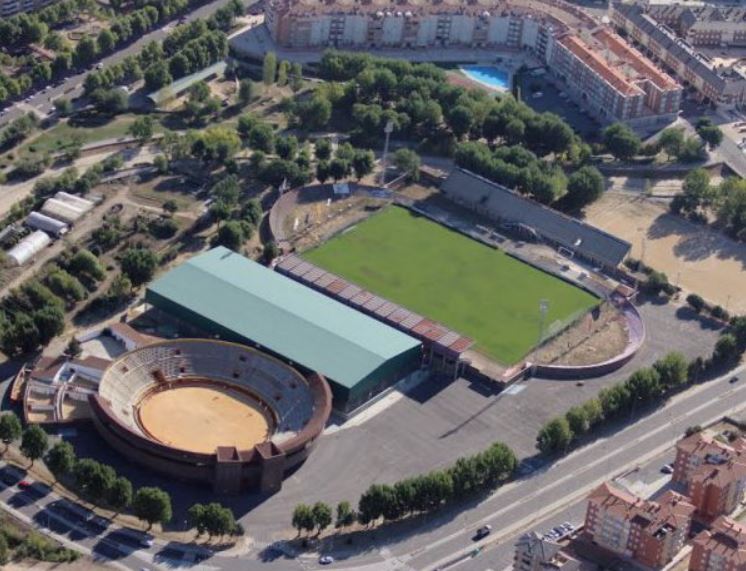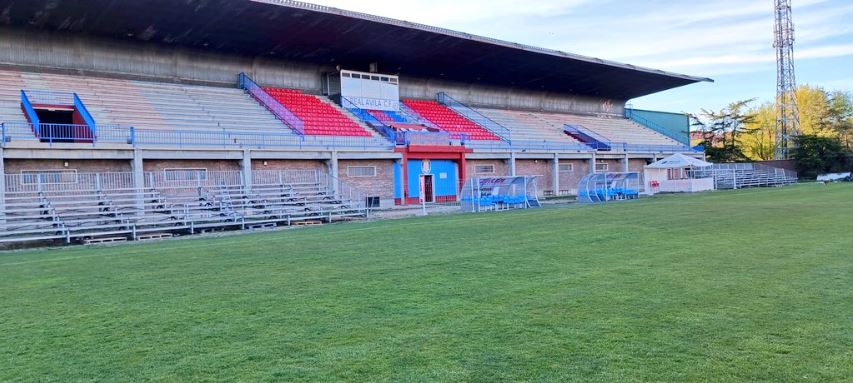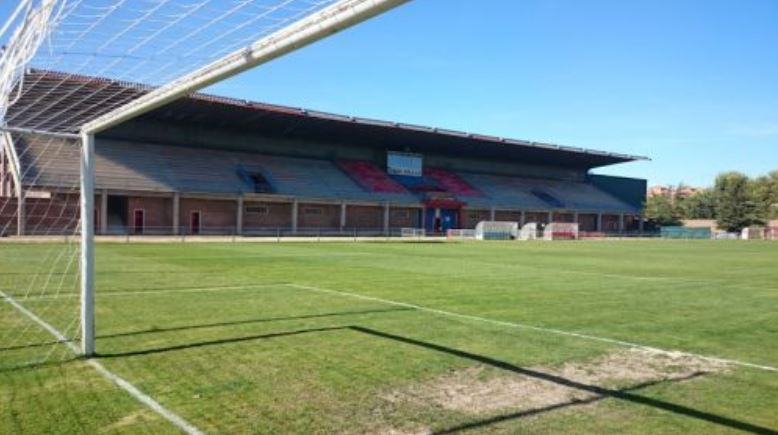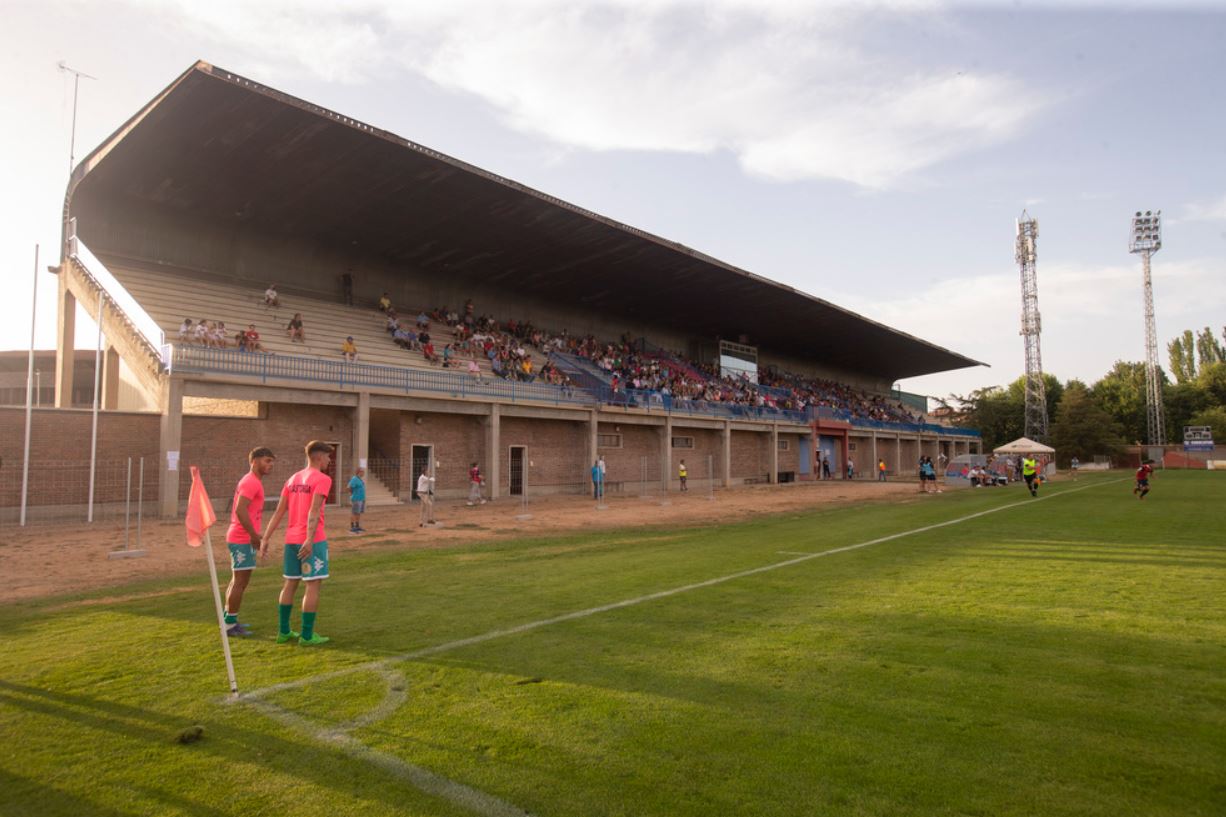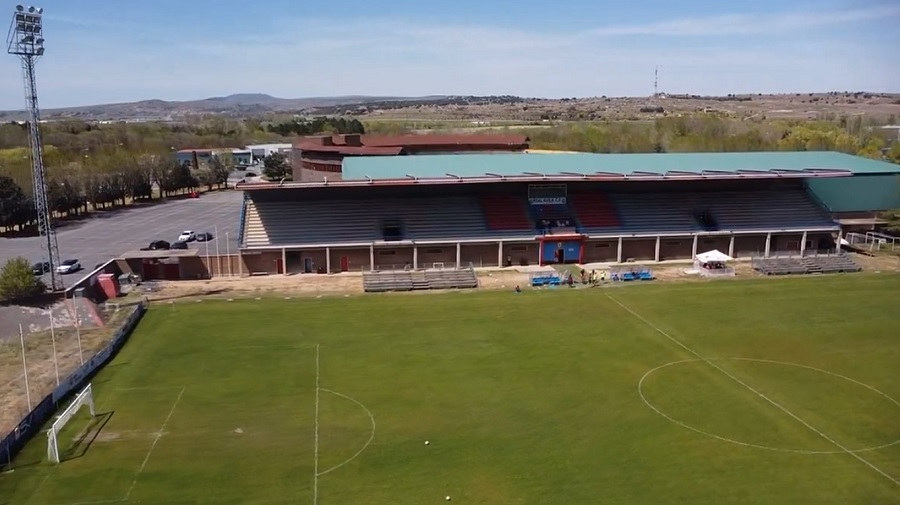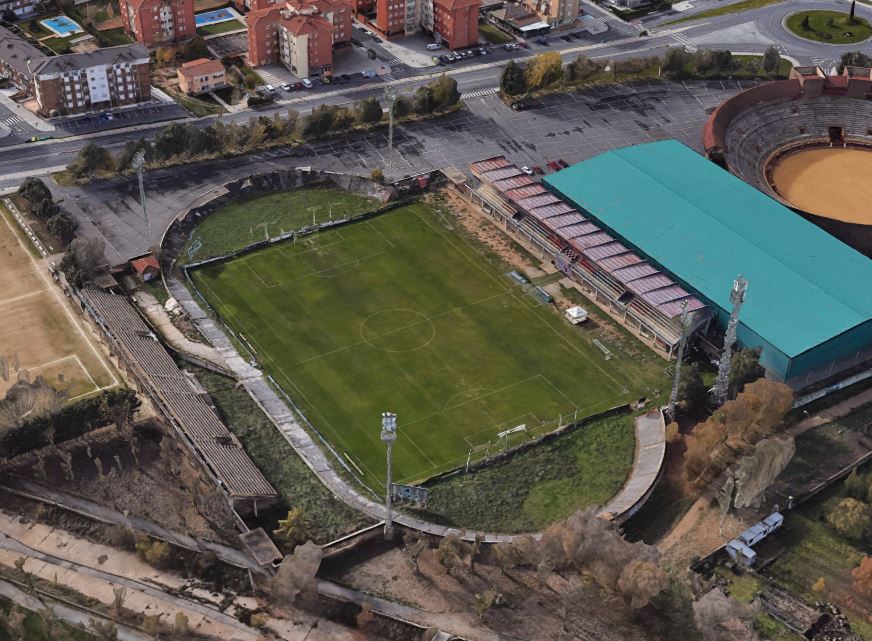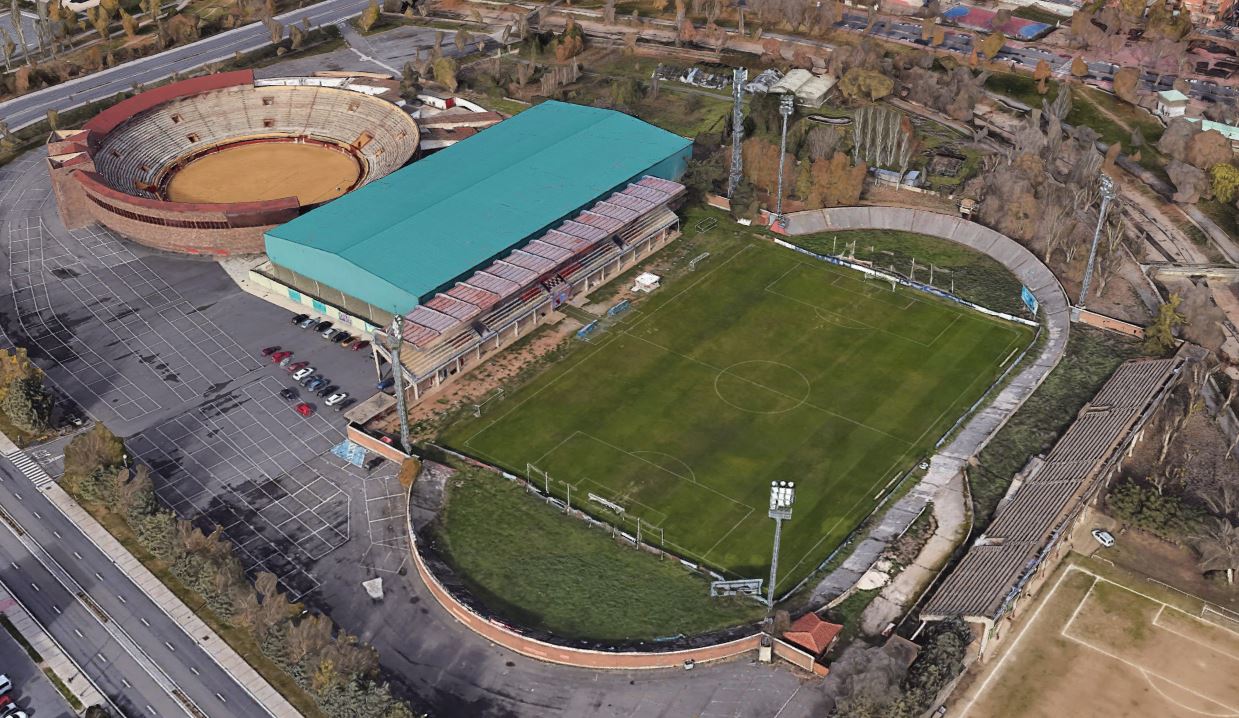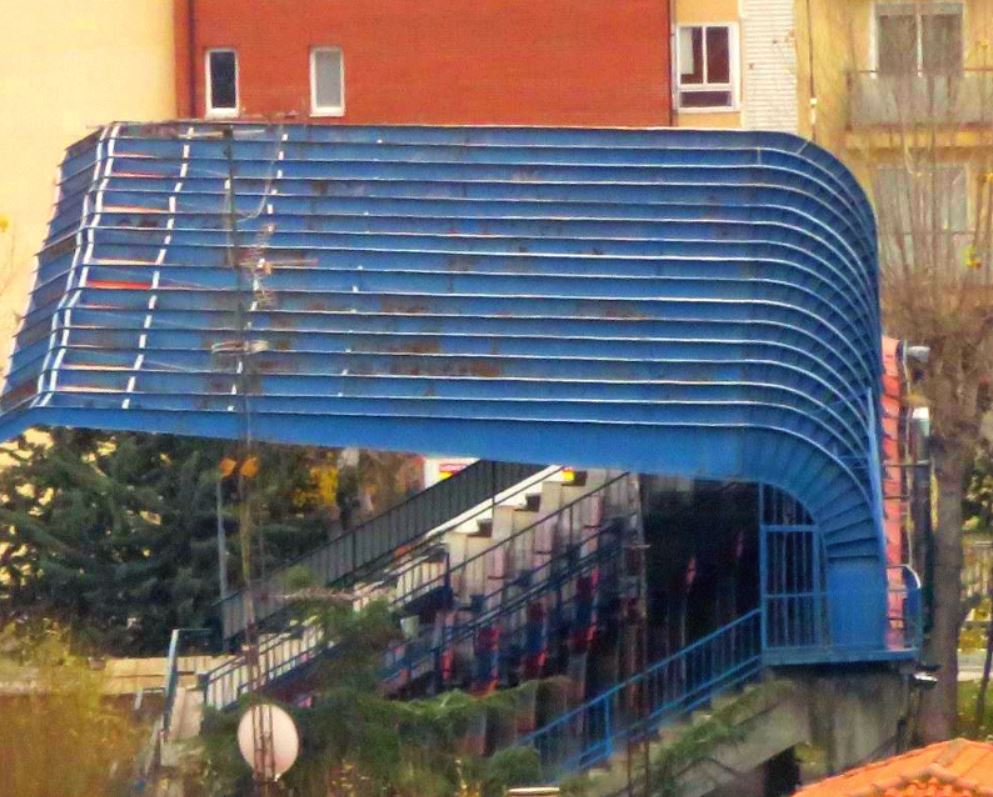Perched on a rocky outcrop above the Rio Adaja, the historic city of Ávila is famed more for its magnificent medieval architecture, than any footballing feats of dare and do. Its rugged landscape and relatively small population (the current count stands at 57,000 in a province of 158,000) partially explains why only one club from this area of Castile y León has ever got remotely close to the professional leagues in Spain. That club, Real Ávila Club de Fútbol, was formed in 1923, but it has spent the vast majority of its time in the Tercera or regional leagues.
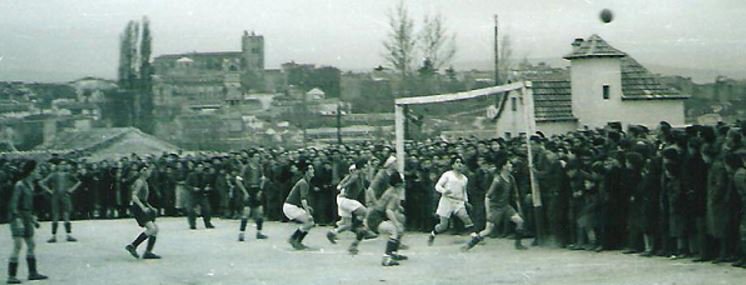
For that first year, Ávila Foot-ball Club as it was then known, played at El Pradillo, a basic, open field with a dirt pitch, situated some 900 metres north of the city’s cathedral. A new board with grand ambitions was elected in 1924 and on 18 October 1924 Ávila FC opened the Campo San Francisco on rented land, just to the southeast of El Pradillo on the current day Calle Virgin de la Soterraña. The first match played at the new enclosure was a lucrative friendly versus Real Madrid. The club obtained royal patronage in 1925, and despite suspending operations in 1926, it was reformed in 1928 under the chairmanship of José Rodríguez. The Campo San Antonio remained their home until the outbreak of the Civil War. Following the conflict, the owners of the field on which the Campo San Francisco stood, repurposed the land, and with no club, players or home, footballing activity ceased.

It would take until August 1943 for Real Ávila to reform, and for the following year, the club returned to the basic El Pradillo. The Spanish RFEF, under the tutelage of General José Moscardó, reorganised the Tercera division in order that each provincial capital had a representative that played no lower than the third tier. The club and the city council had a deadline of the start of the 1944-45 season to find land and build an enclosure for Real Ávila’s debut in the Tercera. In January 1944, work start on an area of the land called the Campo de los Hoyos which stood within the Parque de San Antonio. The new enclosure, imaginatively called the Campo de San Antonio, cost the council 45,000 pesetas (approximately €720,000 in 2024) and opened 10 September 1944 with a friendly between Real Ávila and Atlético de Aviación, which the team from Madrid won by seven goals to one.
The Campo de San Antonio remained Real Ávila’s home for the next 28 years, but it never hosted football at a level higher than the Tercera. The ground featured three sides of terracing, with the largest southern side bulging in the middle, before tapering away at each end. The changing facilities were housed in a pavilion in the southwest corner. On the north side stood the only seated area, which was covered by a low cantilevered roof. By the time the Campo de San Antonio closed in 1972, to make way for a new sports centre, Real Ávila was in the regional leagues, where they would remain until 1981. For the four seasons that followed the closure of San Antonio, Real Ávila played on a makeshift pitch at the new the municipal sports centre, before finally moving to the southwest of the city in 1976.
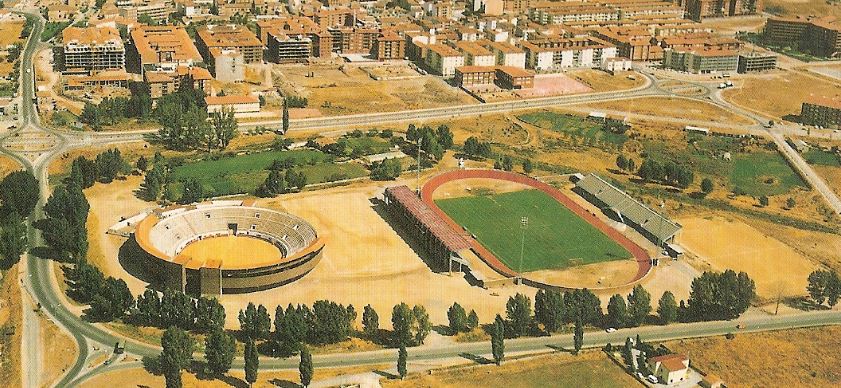
The area of land chosen by the municipality for the new stadium was next the the city’s Plaza de Toros, which itself was a relatively new build, having opened in 1967. The new stadium featured a full length, raised seated stand on the west side, whilst opposite stood a raised full-length terrace. Unusually, the pitch was surrounded by a public velodrome. Cycling was extremely popular in the city during the 1960s & 70s, thanks in part to the success of Julio Jiménez (The Flea of Ávila), who dominated the climbing stages in the Grand Tours during this period. The Vuelta de España regularly visits Ávila and in 1988, a stage finished with a lap around the velodrome at a packed Estadio Adolfo Suárez.
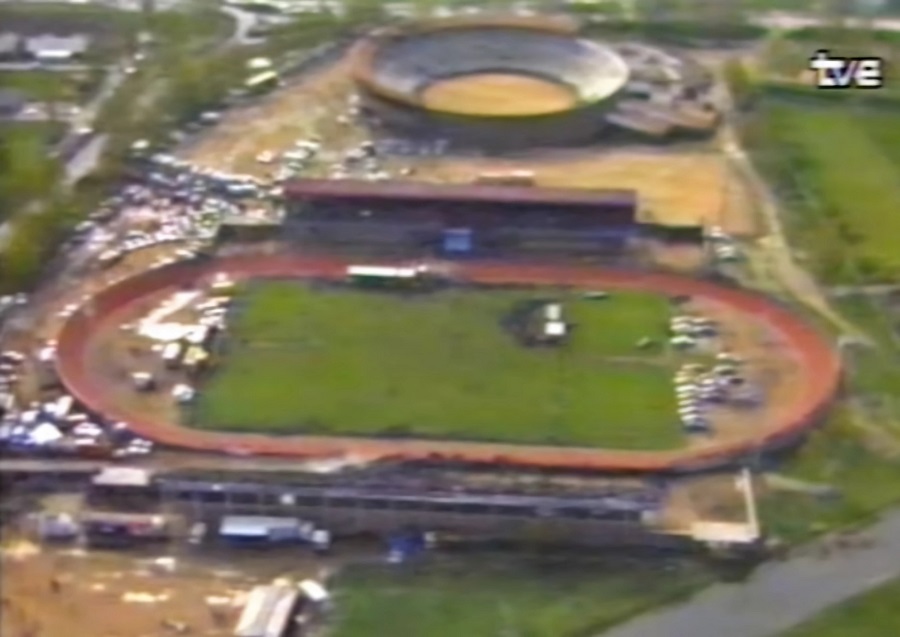
The stadium is named in honour of Adolfo Suárez, the first democratically elected President of Spain following Franco’s downfall, who hailed from Cebreros, a small town around 30 south east of Ávila. The first match at the new stadium took place on 12 October 1976 and saw a friendly between Atlético Madrid and UD Salamanca. Official business kept Suárez from attending the opening match, but he was present when the stadium staged its first official fixture on 31 October 1976, when Real Ávila played Manazares CF.
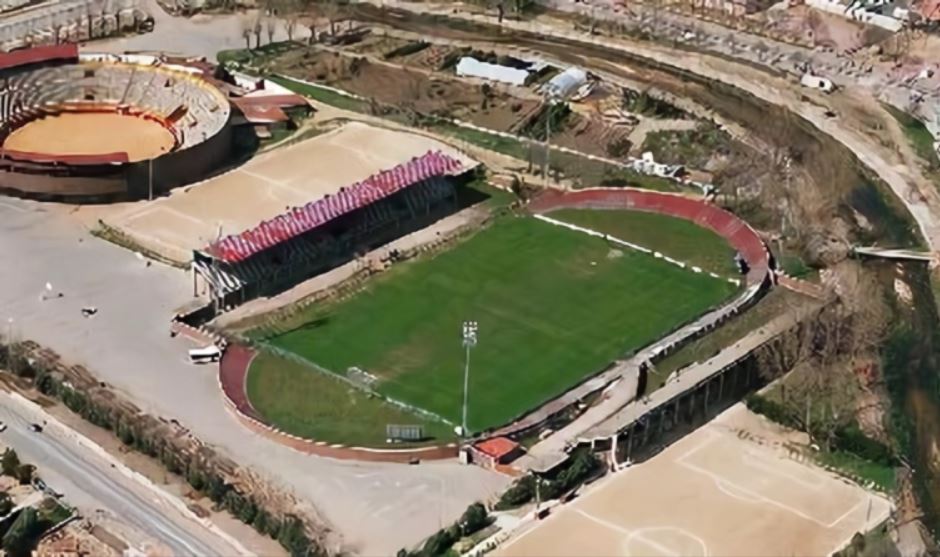
At the end of the first season in the new stadium, Real Ávila won promotion back to the Regional Preferente. However it was not a sign of things to come, as 12 months later, the club was back in the fifth tier. Eventually, in 1982, Real Ávila regained their position in the Tercera, and six seasons later, the club finished third in the league and won promotion to Segunda B. There followed eight successive seasons in the third tier, the club’s most successful period, with a highest finish of 8th in the 1989-90 season. The club returned to Segunda B in 1999, and spent three off the next four seasons in Spain’s third tier. Real Ávila then spent much of the next two decades in the fourth tier, and following the RFEF’s reorganisation of the Spanish football pyramid, remain marooned in the fourth tier.
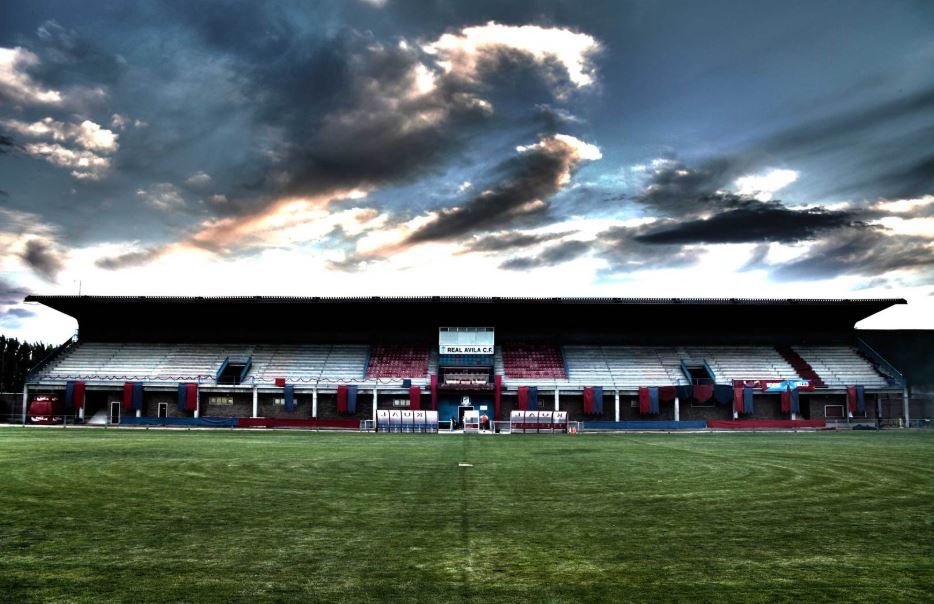
Nowadays, any visit to the Estadio Adolfo Suárez is a rather chastening experience. With little success on the pitch and the municipality struggling with finances, it is perhaps understandable that little has been invested in the stadium over the past 4 decades. That said, the raised stand on the west side still catches one’s eye. A couple of hundred red seats form the central section around the directors box & media booth, whilst basic bucket seats have been added to the concrete bleachers that make up the wings of the stand. The original, sturdy cantilevered roof (it gets cold & windy in these parts during the winter!) provides the excellent cover over the 1,800 seats below. On the opposite east side is a raised terrace, which holds the majority of the stadium’s 6,000 capacity, but is rarely used. Much of the remainder of the ground has fallen into disrepair. The arcs behind behind each goal are particularly grim, which are overgrown with weeds and framed by cracked sections of the derelict velodrome.
Real Avila Official Website: https://www.realavilacf.com/
La Futbolteca Club History: http://lafutbolteca.com/real-avila-club-de-futbol-s-a-d/


